Big cats, such as lions, tigers, leopards, and jaguars, are apex predators renowned for their prowess and stealth. While much emphasis is often placed on their keen eyesight and acute hearing, their sense of smell also plays a pivotal role in their hunting strategies, particularly at night. Understanding how these magnificent creatures utilize their olfactory capabilities can shed light on the sophisticated nature of their hunting techniques.
Anatomy of Big Cats’ Olfactory System
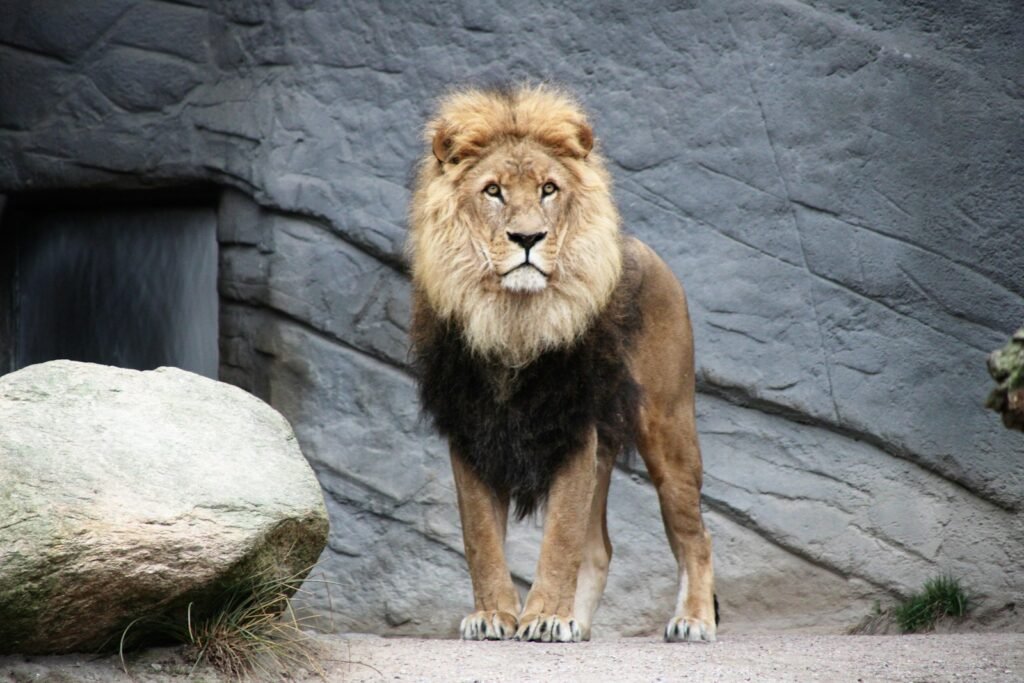
The sense of smell in big cats is facilitated by a highly developed olfactory system. This system includes the olfactory bulbs and receptors located in their noses. These structures are much larger relative to the size of their brains compared to many other animals, indicating the importance of smell in their daily activities. The vomeronasal organ, or Jacobson’s organ, located on the roof of their mouth, also plays a role in detecting pheromones and other scent cues.
Scent Detection Versus Visual Acuity
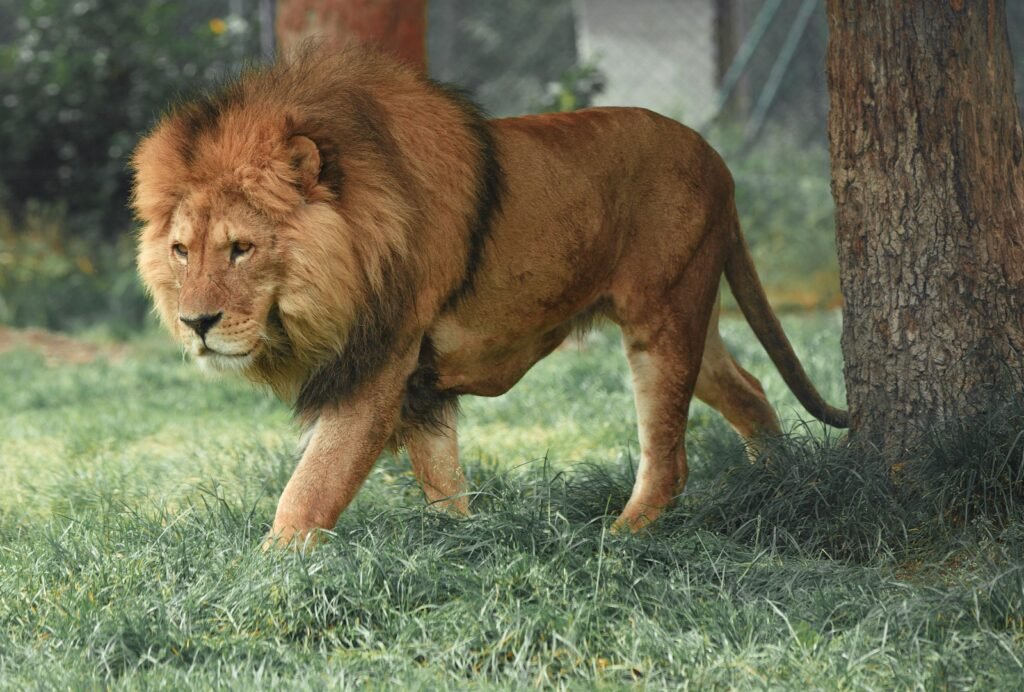
While big cats have impressive night vision, the dark conditions of the night limit visual cues. Scent becomes a crucial sense when hunting at night. The ability to detect and interpret odors allows them to track prey that would otherwise be hidden or camouflaged in the darkness.
Tracking Prey through Scent Trails
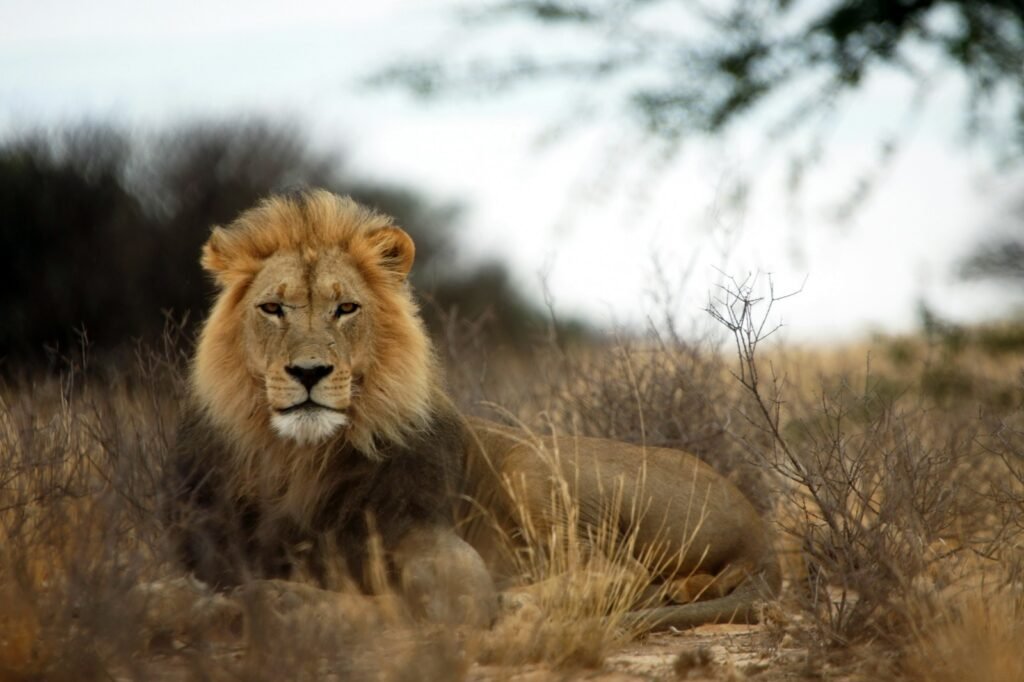
Big cats often use their sense of smell to develop scent trails, following the odor left by prey animals as they move through their environment. This ability is particularly beneficial in dense forests or grasslands where visibility is low, and movement can often be heard but not seen. Scent trails offer predators a silent and effective means of pursuing their next meal.
Identifying Prey from a Distance
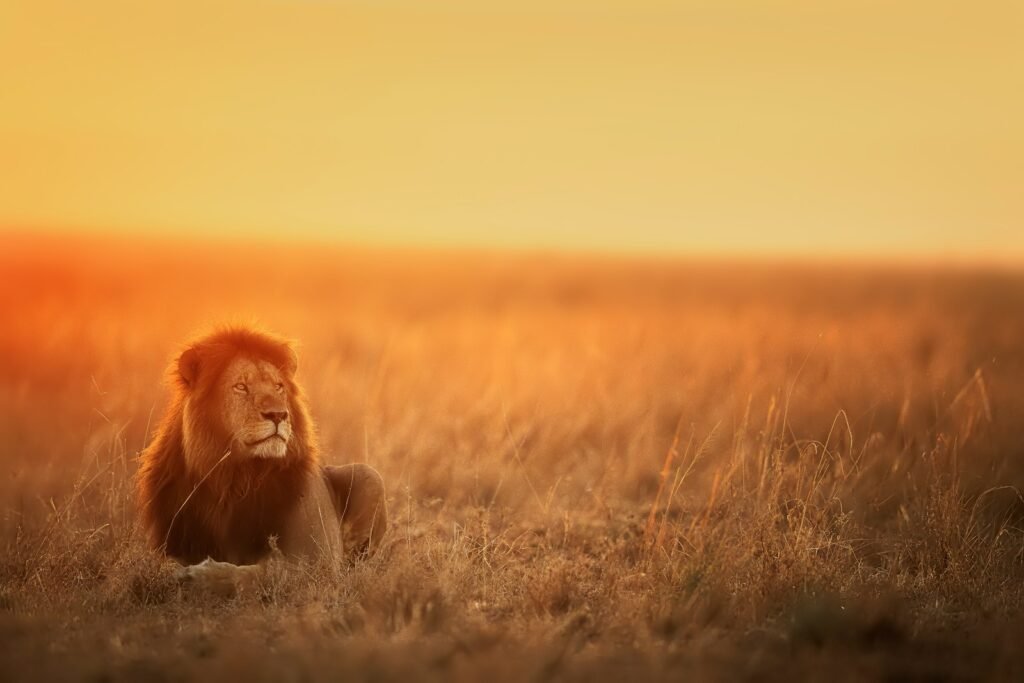
Odor molecules travel through the air, allowing big cats to detect prey from a significant distance. This gives them the advantage of assessing potential hunting opportunities long before they are within visual range. By discerning the strength and direction of a scent, big cats can gauge how close or far their potential prey may be.
Using Scent for Communication
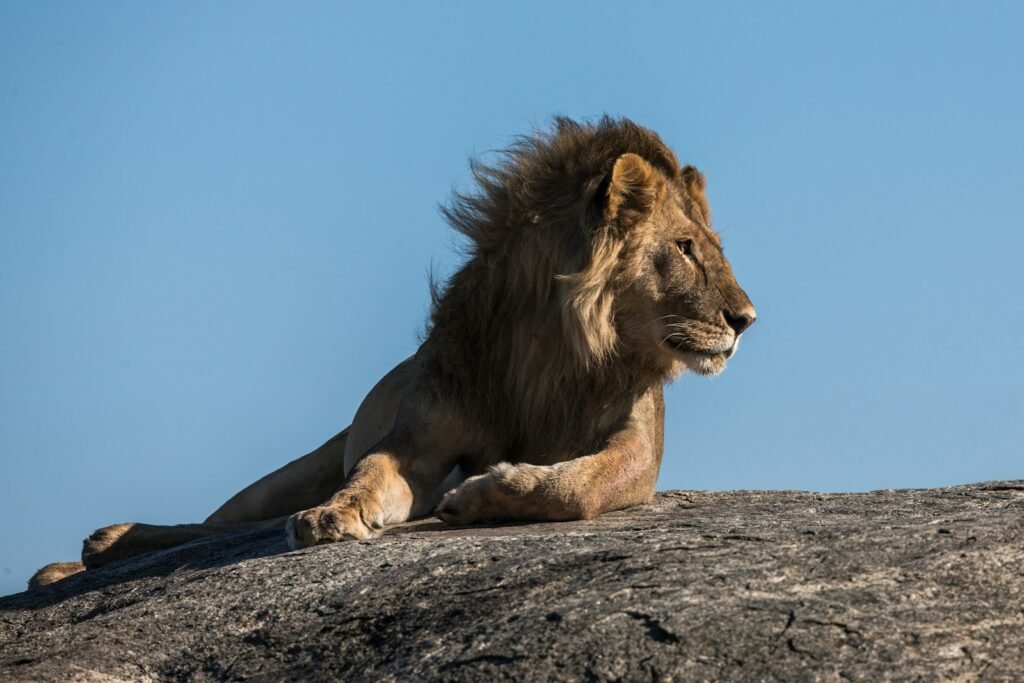
Big cats also use scent for communicating with each other. They mark their territories with urine and feces, which carry unique chemical signals that relay information such as their identity, reproductive status, and territory boundaries. Smelling these markings helps big cats avoid direct conflicts by respecting each other’s territories.
Scent’s Role in Social Behavior
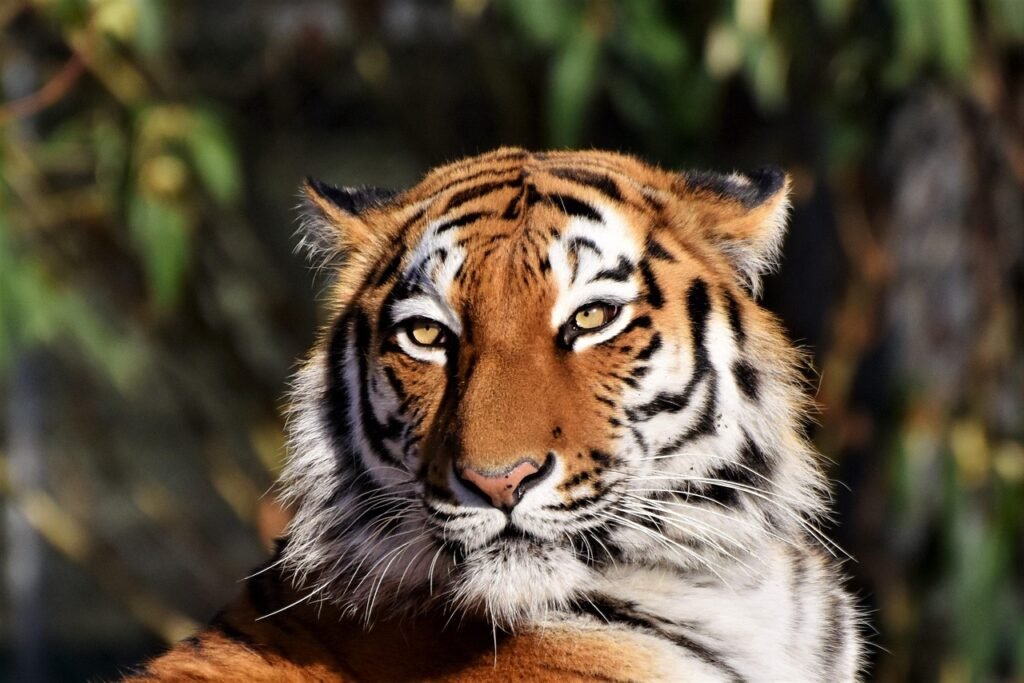
Scent plays a crucial role in the social structure of big cats, particularly in species like lions, which live in prides. These groups rely heavily on scent to maintain social bonds. By recognizing the unique scents of their pride members, they can strengthen relationships and coordinate collective hunts more effectively.
Adapting to Environmental Challenges
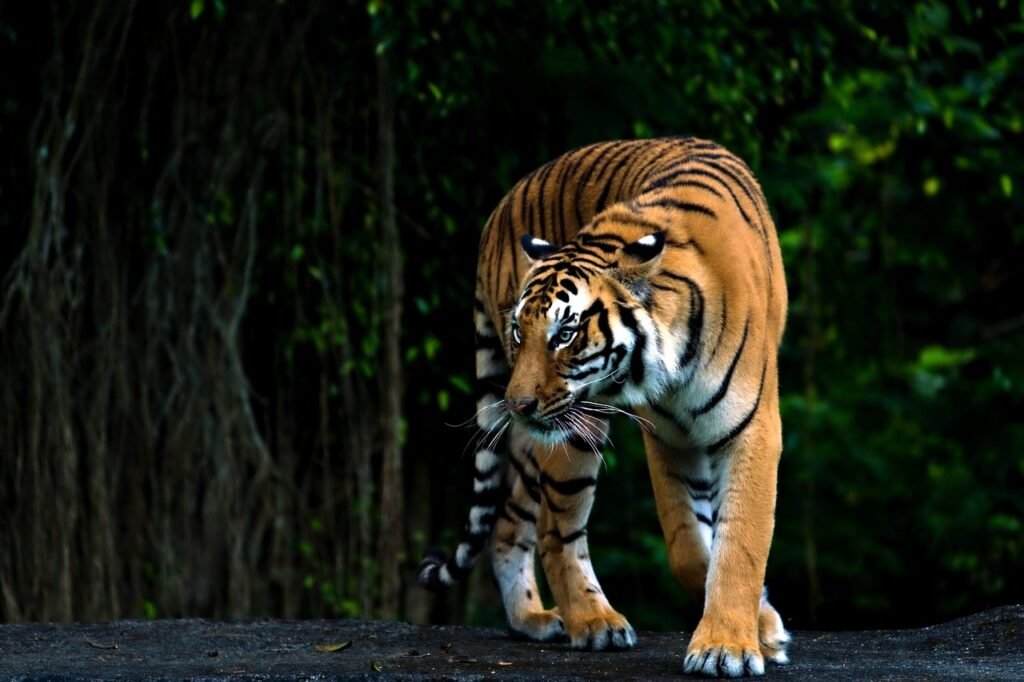
In environments where prey scarcity or harsh weather conditions make hunting challenging, the sense of smell becomes even more vital. Big cats can adapt their olfactory strategies to such challenges, making them remarkably resilient hunters. They may hone in on specific scents that indicate the presence of weakened or isolated prey, increasing their chances of a successful hunt.
Comparative Olfactory Abilities Among Big Cats
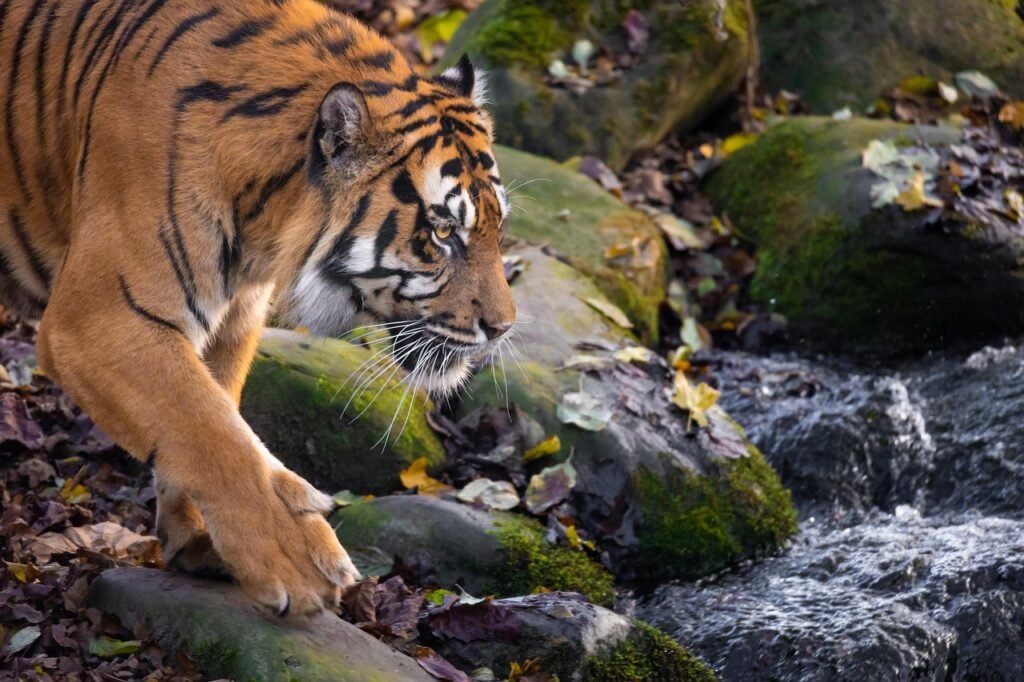
Not all big cats rely on their sense of smell to the same extent. For example, while lions and tigers have honed their olfactory senses for tracking prey and social interactions, cheetahs rely more on their speed and vision. Understanding these differences highlights the diverse evolutionary paths big cats have taken to become successful predators.
Conservation Implications
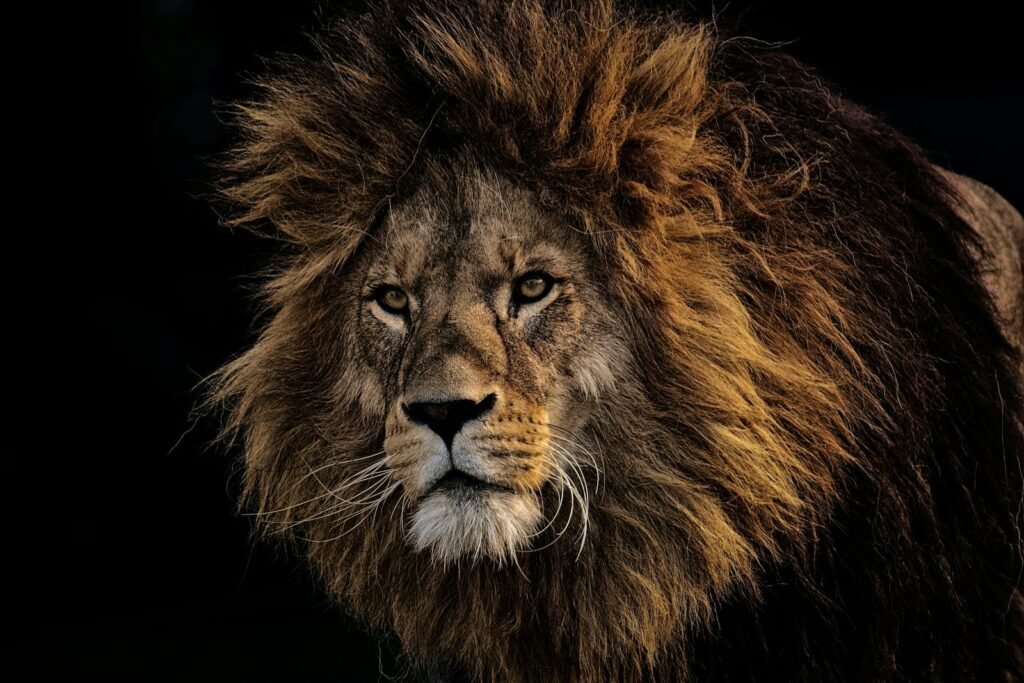
As human activities continue to encroach upon big cats’ habitats, understanding their reliance on olfactory cues can help inform conservation efforts. Preserving and restoring ecosystems where these scent-based interactions occur is crucial for maintaining the natural behaviors and survival strategies of these majestic animals. By doing so, conservationists can ensure that big cats continue to thrive in their natural habitats.
The sense of smell is a mighty tool in the arsenal of big cats, enabling them to hunt with remarkable efficiency and precision. While vision and hearing often take center stage in discussions of their sensory prowess, olfactory abilities are equally vital in ensuring their role as top predators in their ecosystems.
Hi, I’m Bola, a passionate writer and creative strategist with a knack for crafting compelling content that educates, inspires, and connects. Over the years, I’ve honed my skills across various writing fields, including content creation, copywriting, online course development, and video scriptwriting.
When I’m not at my desk, you’ll find me exploring new ideas, reading books, or brainstorming creative ways to solve challenges. I believe that words have the power to transform, and I’m here to help you leverage that power for success.
Thanks for stopping by, Keep coming to this website to checkout new articles form me. You’d always love it!






